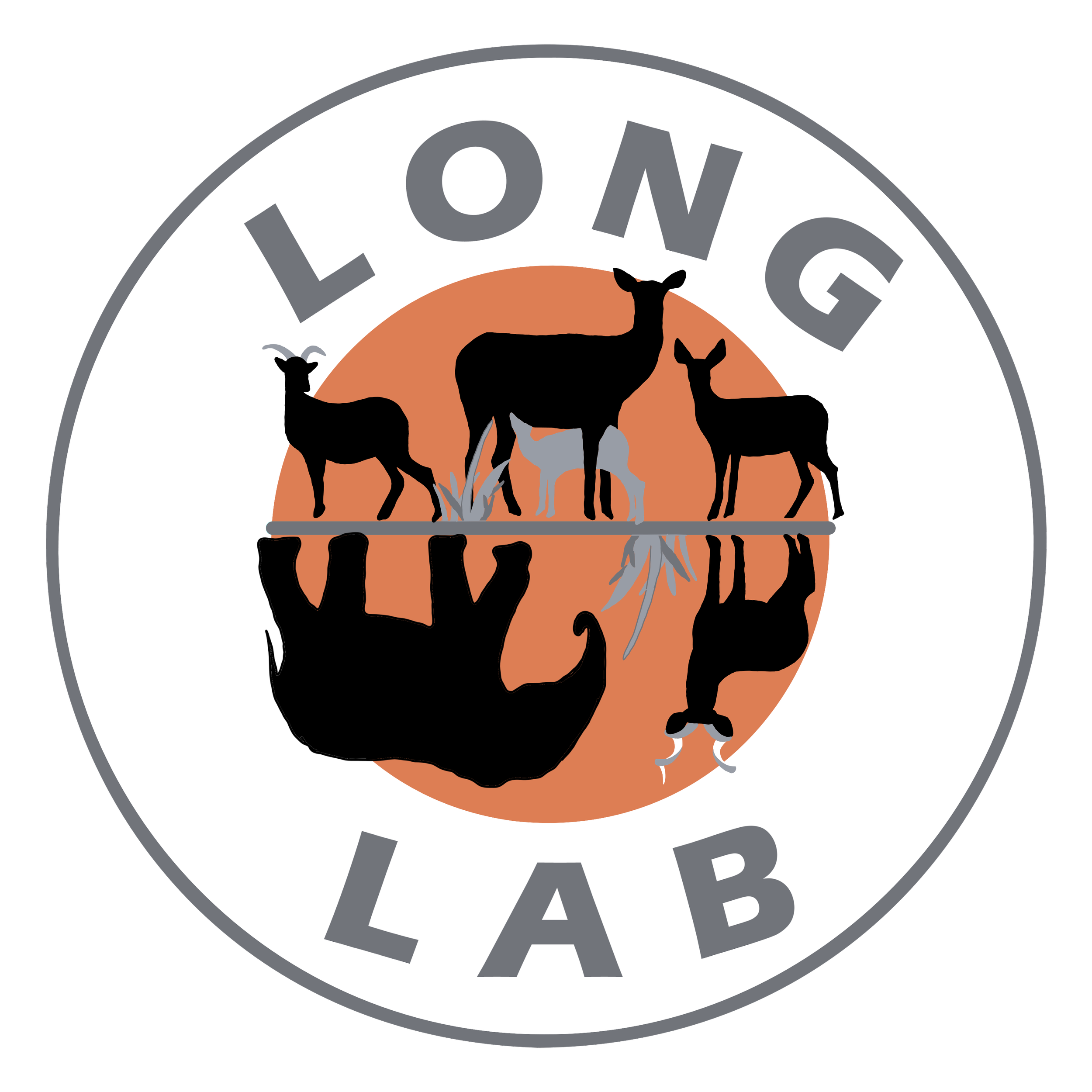Thermal Energetics
Physiological Costs of Undocumented Migration at the Southern U.S. Border
Perhaps more than any other, this project highlights the generalizability of the energetics modeling approaches we use in the Long Lab. This project was born from a late-night fever dream and subsequent Saturday morning phone call with friend and colleague Shane Campbell-Staton, during which we discussed the possibility of using Niche Mapper (a biophysical model developed by Dr. Warren Porter, another friend and colleague, that has been central to our work) to quantify the energy and water costs incurred by undocumented migrants attempting to cross the harsh desert environment at the border between Mexico and the United States. That conversation grew into an incredible collaborative effort in which we merged the mechanistic concepts and techniques of bioenergetics with detailed social science data (provided by collaborator and MacArthur awardee Jason De León) to shed light on the physiological challenges of navigating an extreme environment and humanize the plight that has cost thousands of migrants their lives. The resulting manuscript was published in Science in 2021 (abstract below).
Abstract: Political, economic, and climatic upheaval can result in mass human migration across extreme terrain in search of more humane living conditions, exposing migrants to environments that challenge human tolerance. An empirical understanding of the biological stresses associated with these migrations will play a key role in the development of social, political, and medical strategies for alleviating adverse effects and risk of death. We model physiological stress associated with undocumented migration across a commonly traversed section of the southern border of the United States and find that locations of migrant death are disproportionately clustered within regions of greatest predicted physiological stress (evaporative water loss). Minimum values of estimated evaporative water loss were sufficient to cause severe dehydration and associated proximate causes of mortality. Integration of future climate predictions into models increased predicted physiological costs of migration by up to 34.1% over the next 30 years.
Thermal Ecology of Grizzly Bears
The grizzly bear is an iconic species in western North America. Yet, for a variety of reasons, management of grizzly bears is often fraught with controversy. There are currently two populations of grizzly bears in the contiguous United States, both of which are being considered for delisting from the Endangered Species Act. As part of this process, the U.S. Fish and Wildlife service has evaluated the relative contribution of food resources (i.e., quality, availability and distribution of key food resources) to the stability of these populations. In contrast, the potential for climate change to directly influence the distribution and performance of grizzly populations by increasing costs of thermoregulation and activity has received little attention. Large-bodied animals such as grizzly bears have smaller surface-area-to-volume ratios and thicker boundary layers than their smaller-bodied counterparts, and are thus subject to greater constraints on heat dissipation than smaller animals. This biophysical first principle suggests that as temperatures continue to rise, grizzly bears may be forced to invest more resources (i.e., energy and water) into regulating their body temperature, especially near the southern extent of their range. Nevertheless, the relative contribution of thermoregulatory costs to the overall energy budget of grizzly bears is poorly understood, and thus the potential for rising temperatures to limit population distributions has not been evaluated. Furthermore, understanding the relative influence of physical activity and environmental factors on heat balance in grizzly bears could provide important insights into the degree to which bears will be forced to alter their behavior as the climate continues to warm, as well as into what changes in behavior are most likely to occur. The objectives of this project are:
To understand the relative contribution of thermoregulatory costs to the overall energy budget of a grizzly bear as a function of activity levels and environmental conditions.
To understand the relative contribution of thermoregulatory costs to the spatiotemporal distribution of grizzly bears, and to predict how that contribution is likely to change as the climate continues to warm.
Study Location: Washington State University, Washington, USA.
Timeline: This project was initiated in the fall of 2017 in collaboration with Dr. Charlie Robbins and Tony Carnahan at Washington State University, as well as the Interagency Grizzly Bear Study Team. Savannah Rogers completed her MS degree on this project in the spring of 2019. Read Savannah’s thesis here.



